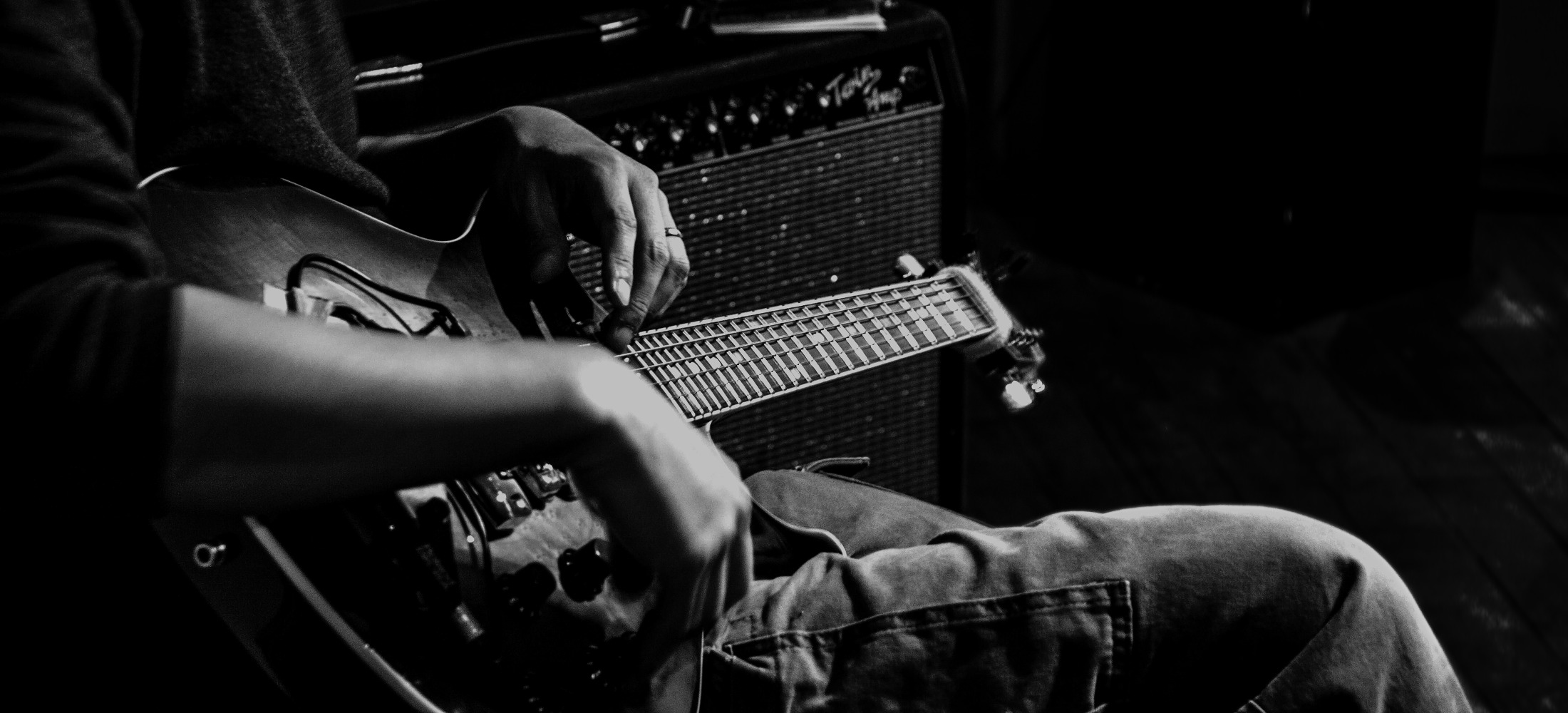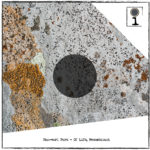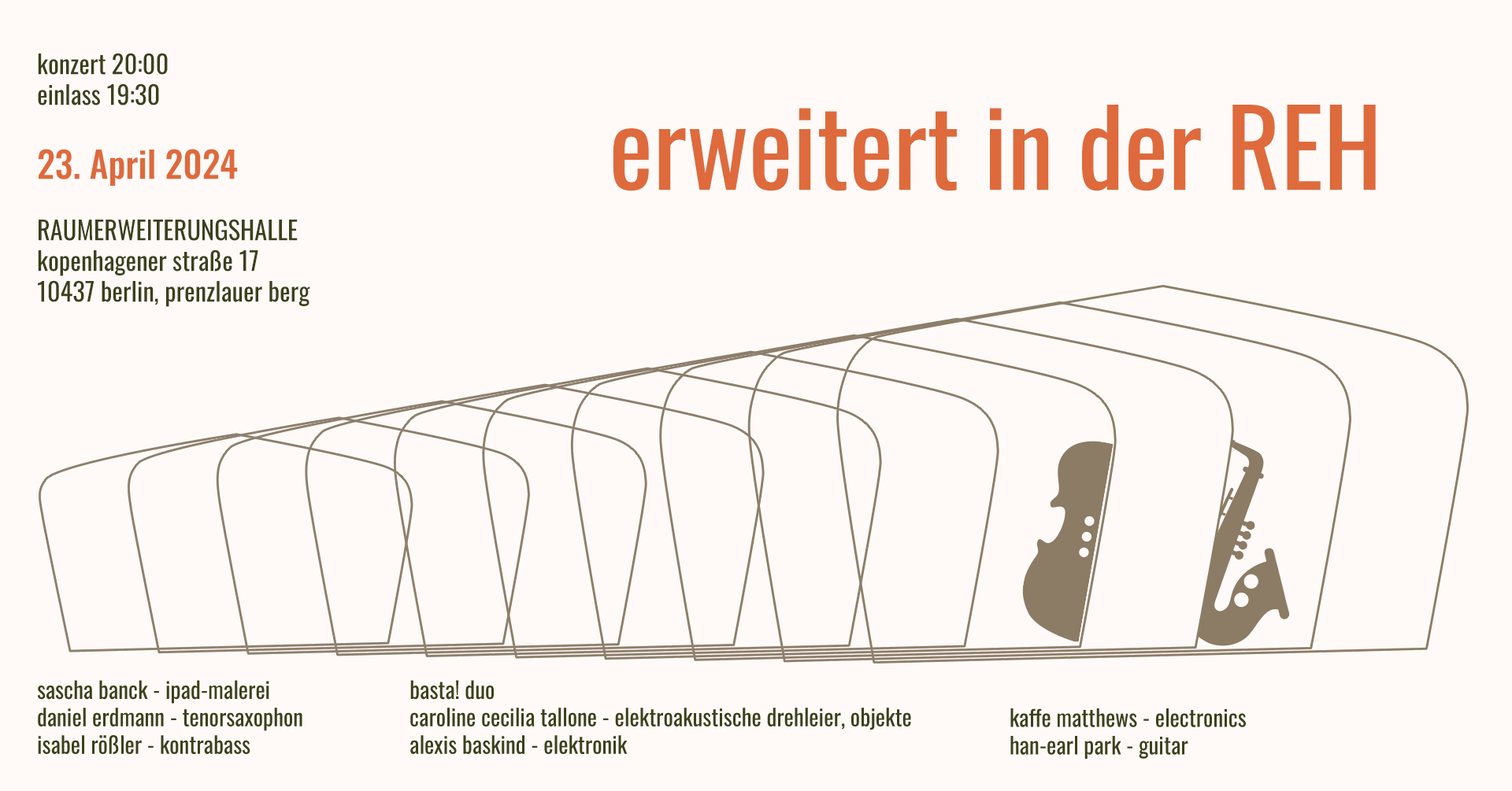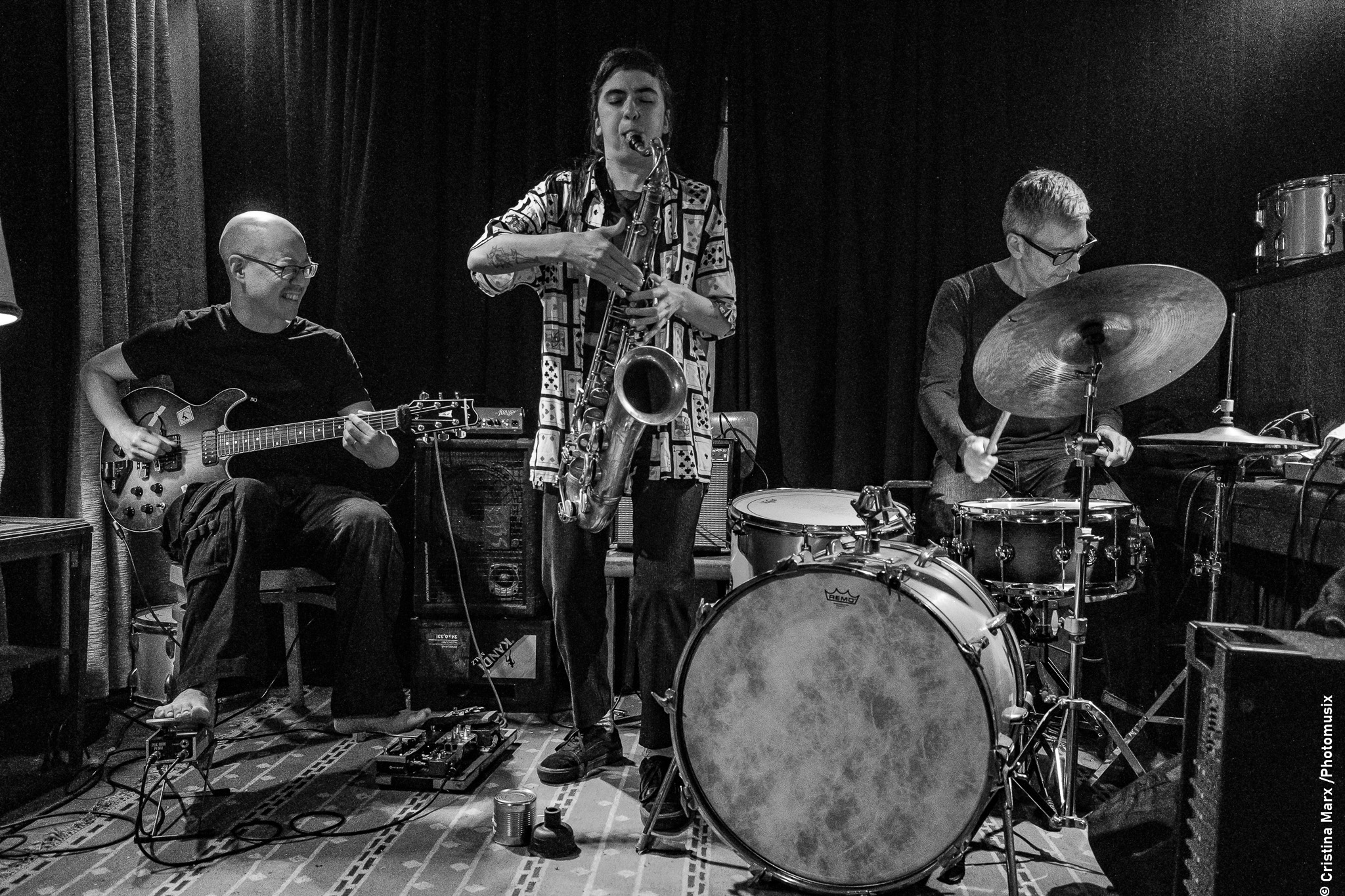Catch a track (‘Autopoiesis VI’) from Gonggong 225088! The extended preview will premiere at 5pm CEST* on Thursday, May 23, 2024! [Click ‘notify me’…]
By turns light-as-a-feather, and heavy and prickly as a bucket of rusty nails, the music is of contradiction and ambiguity. Leaps into ’90s HatHut pastiche are followed by truckers-in-space-engine-rumbles; slow-crawls-from-the-swap of irony-free ‘bells’n’smells’ sound art followed by turns-turns-turns-on-a-dime mutant Free Funk. [More…]
Click ‘notify me’, and be ready with your headphones (and popcorn), and join me on Thursday for some origami fire music!
* 17:00 CEST, 15:00 UTC, 11:00 EST, and 8:00 PST. (Or: 12am in Seoul, 6pm in Athens, 12pm in Buenos Aires, and 5pm in Berlin.).
Coming soon from Waveform Alphabet

Gonggong 225088 (wa008) [details…]
Personnel: Han-earl Park (guitar), Yorgos Dimitriadis (percussion and electronics) and Camila Nebbia (saxophone).
Track listing: Autopoiesis I (≥ 10:14), Autopoiesis II (≥ 4:29), Niche Shift I (16:09), Niche Shift II (≥ 4:45), Niche Shift III (4:35), Niche Shift IV (≥ 12:52), Autopoiesis III (3:26), Autopoiesis IV (≥ 5:03), Autopoiesis V (≥ 3:17), Autopoiesis VI (3:37). Total duration ≥ 70:14.
© 2024 Han-earl Park. ℗ 2024 Waveform Alphabet.



